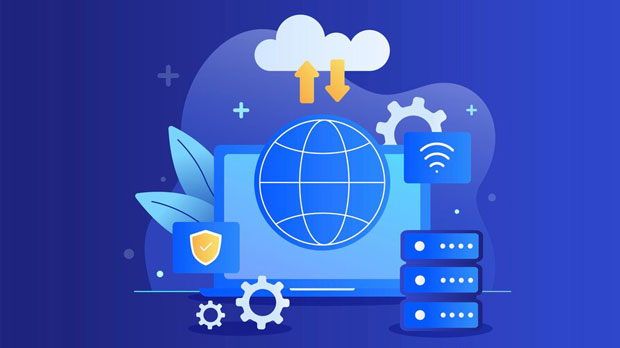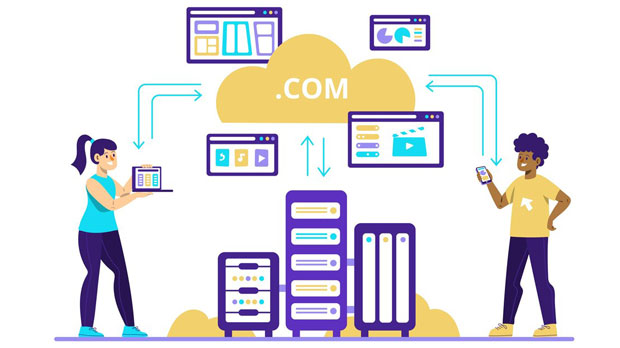When working with proxy APIs, encountering frequent errors can be a significant challenge. The PYPROXY library is a popular tool used to interface with proxies, but issues such as connectivity failures, timeouts, and unexpected behavior are not uncommon. In such cases, it is essential to understand and correctly configure three key parameters that play a crucial role in the stability and efficiency of proxy API interfaces: proxy server settings, authentication parameters, and request timeout configurations. Debugging and optimizing these parameters can significantly reduce errors, enhance system performance, and ensure smooth operation. In this article, we will explore these three key parameters in-depth, providing practical guidance on how to adjust them to minimize issues with PYPROXY. Understanding Proxy Server SettingsOne of the most common causes of frequent errors in PYPROXY is incorrect proxy server settings. This can result in connection failures, slow response times, or even the inability to access certain resources. It is essential to ensure that the proxy server's address, port, and protocol are correctly configured.1. Proxy Address and Port Configuration: The proxy address must point to a functioning proxy server. Commonly, proxy addresses are either in IP address form or domain name. Ensuring that the proxy server is operational and reachable from the client machine is the first step in eliminating potential errors. Additionally, confirming that the port matches the proxy server’s expected configuration is crucial. Misconfigured ports may lead to timeouts or failures when connecting.2. Proxy Protocol: Some proxies support multiple protocols, such as HTTP, HTTPS, or SOCKS. If the proxy requires a specific protocol, configuring the correct protocol type is essential for successful communication. Misconfigured protocol settings often result in failure to establish a connection with the target resource, leading to errors.3. Load Balancing and Failover Mechanisms: For high-traffic applications or distributed systems, utilizing load balancing techniques across multiple proxies can improve system resilience. Configuring failover mechanisms ensures that if one proxy server goes down, another can seamlessly take over, thus preventing service interruptions.By thoroughly reviewing and adjusting proxy server settings, you can resolve many common issues related to PYPROXY errors.Authentication Parameters: Ensuring Proper AuthorizationMany proxy servers require authentication to allow users to connect to their services. Improper authentication configurations can result in frequent errors and even the inability to access desired resources. PYPROXY provides mechanisms for handling authentication parameters, which need to be set up correctly to avoid access issues.1. Proxy Username and Password: If the proxy server requires user authentication, the correct username and password must be provided in the configuration. Incorrect credentials will lead to authentication failures. It is essential to double-check these parameters, especially when dealing with dynamic or rotating proxies.2. Authentication Type: Some proxy servers may use specific authentication schemes, such as Basic Authentication, Digest Authentication, or more advanced methods like OAuth or NTLM. Configuring the correct authentication type is crucial for ensuring that the request passes the authentication process successfully. Failure to match the expected authentication type may result in denied access and a series of errors.3. Token-based Authentication: For modern applications, some proxies use token-based authentication, where an API key or OAuth token is used instead of traditional credentials. It’s important to ensure that the token is valid and correctly included in the request headers. Tokens can expire or be invalidated, leading to authentication errors if not handled properly.Properly setting up authentication parameters ensures that users can access proxy services securely and without errors, minimizing disruptions in the application’s operation.Request Timeout Configuration: Avoiding Unnecessary DelaysRequest timeouts are another common issue that can lead to frequent errors when using PYPROXY. A timeout occurs when a request takes longer to complete than the predefined threshold, causing the system to terminate the connection and generate an error. This can happen for several reasons, including network congestion, server delays, or improper timeout settings.1. Request Timeout Settings: The timeout setting determines how long the system will wait for a response before aborting the request. If the timeout is set too short, it may lead to premature termination of requests, especially in situations where the target server is slow to respond. On the other hand, setting a timeout that is too long can cause unnecessary delays in processing requests. Finding the optimal balance is key to ensuring both performance and reliability.2. Connection Timeout vs. Read Timeout: There are typically two types of timeouts: connection timeout and read timeout. The connection timeout refers to how long the system waits for the initial connection to be established, while the read timeout pertains to the duration for receiving data once the connection has been established. Both should be configured according to the nature of the network and the expected load on the proxy server.3. Network Stability and Proxy Health: In some cases, frequent timeouts can result from network instability or an overloaded proxy server. Ensuring that the proxy server is healthy and capable of handling the load is essential. Monitoring tools and regular diagnostics can help detect if the server is under strain, leading to performance issues.Optimizing the request timeout settings based on the network conditions and application needs can significantly reduce errors related to timeouts, enhancing the overall stability and reliability of the system.In conclusion, debugging frequent errors in PYPROXY requires a thorough understanding and optimization of three key parameters: proxy server settings, authentication configurations, and request timeout settings. By correctly configuring the proxy address, port, and protocol, ensuring that authentication credentials are accurate, and fine-tuning the request timeout parameters, you can minimize the occurrence of errors and improve the overall performance of your proxy-based applications. These adjustments are essential for ensuring smooth, error-free operation and can significantly reduce the time spent troubleshooting common issues, ultimately contributing to a more efficient and reliable system.
Jun 04, 2025






















































